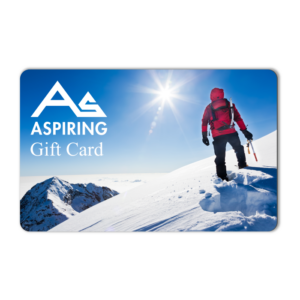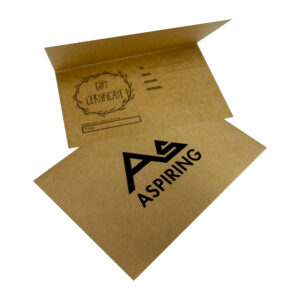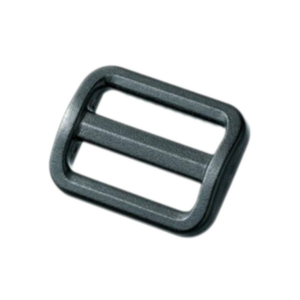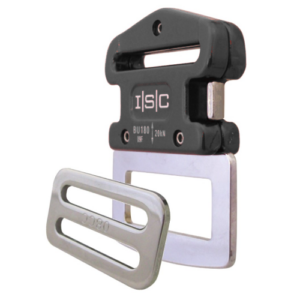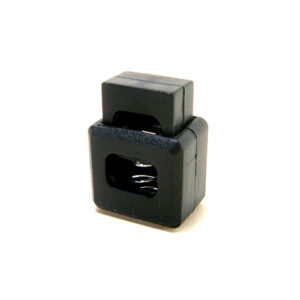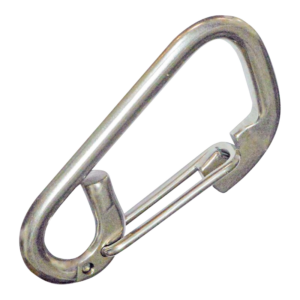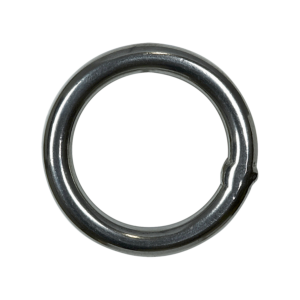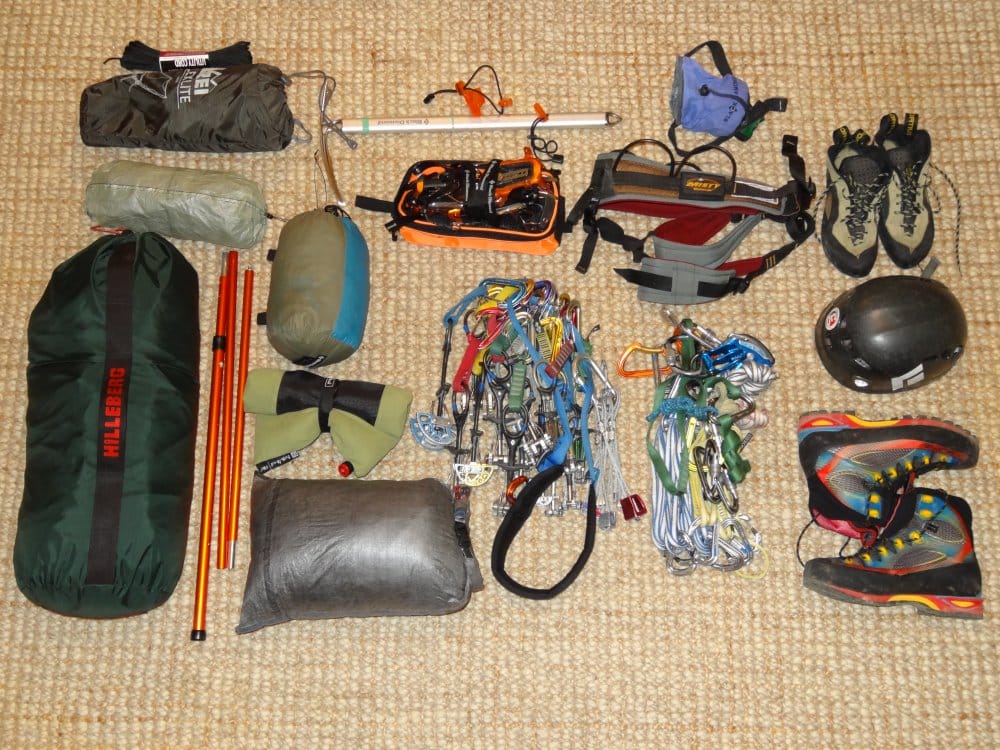Whether you dream of pulling on plastic gym holds, scaling big walls, or ascending mountain peaks, basic rock climbing knowledge is essential. It’s the foundation of all mountain activities — but to get started rock climbing, first you need the right rock climbing gear. If you’ve never gone rock climbing before, we suggest starting in a gym where you can safely learn the basics before you set out on your first outdoor expedition. Take a class or find a mentor and remember that the upfront investment might be costly — but the physical and mental rewards are huge. Rock climbing is one of the fastest growing sports around the world offering a blend of fitness, fun, and adrenaline. This guide will help you pick out the rock climbing gear you need to get started.
Rock Climbing Harness

This is one of the most essential pieces of rock climbing equipment — necessary for all forms of the sport except bouldering. It’s recommended you start out top-roping in a gym so you can learn proper belay and climbing technique. A harness needs to be comfortable, supportive, and safe. A climbing harness comprises a multitude of important components:
- Waistbelt: This is the part that sits snuggly over your hips and will support you when you’re belaying and catch you in the event of a fall.
- Leg loops: As the name implies, these fit around your legs, one loop for each leg. Some leg loops are designed to be adjustable and others are completely removable.
- Belay loop: You attach your belay device from this loop. The belay loop encloses your two tie-in points.
- Tie-in points: These are the points located above and below your belay loop. This is where you will thread your rope through and tie in. It’s important to remember to always tie in to both points simultaneously.
- Gear loops: These are attached to your waist belt, used for holding equipment including quickdraws, cams, and your belay device. If you’re just starting out, a harness with two or four gear loops is sufficient.
There are a variety of types of climbing harnesses, including those dedicated for sport climbing, trad climbing, gym climbing or ice climbing. We suggest you start out with a basic harness designed for gym and outdoor top-roping. This is a great first choice for a harness.
Belay Device
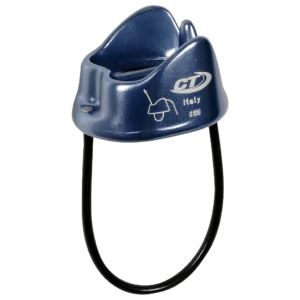
Learning to belay is just as important as learning how to rock climb. This partner-centric sport requires another person to belay you while you climb, so you’ll need to do the same for them in exchange. In order to belay, you’ll need a belay device. There are so many different options on the market it might be confusing to determine which device is appropriate for you. The two most common types are tubular and assisted braking. While there are varying opinions on which belay device is most appropriate for beginners, you can’t go wrong with a basic tubular device. This is a great first belay device.
More important than which belay device you choose to use is learning how to use it properly. Belay devices provide for friction on the rope that will assist in catching a fall or lowering a climber. You can view our comprehensive guide to belay devices for more in-depth information on different types of belay devices.
Locking Carabiner

In order to use your belay device, you’ll need a locking carabiner designed to attach it to your harness. While you’ll likely accumulate quite a collection of carabiners throughout your climbing career, the first one you’ll need is a locker for your belay device. Locking gates provide for extra protection against accidental gate openings. There are tons of different styles of lockers, including twist locks and screw gates. This is an ideal first carabiner.
Climbing Shoes
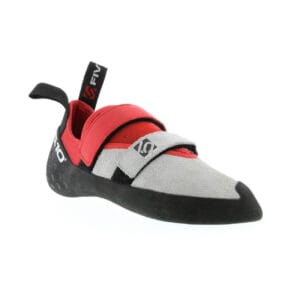
Along with a harness and belay device, this will be one of the first pieces of equipment you’ll need for rock climbing. Climbing-specific shoes provide for the friction you need to grip footholds. Rock shoes are meant to be snug — but not painful. When you first start rock climbing you’ll probably opt for a more comfortable shoe, and as you develop your skills then progress to a more aggressive style. There are lace-up and velcro options — with your preference being key to selection. Check out this article on rock climbing shoes for more in-depth information.
Chalk and Chalk Bag
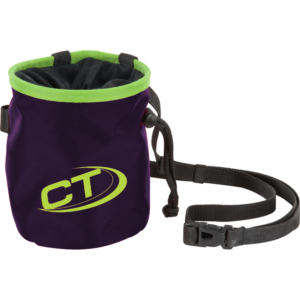
Galaxy HelmetClimbers utilize chalk for better grip and to decrease palm perspiration. Often climbers will chalk up before and during a climb. A chalk bag holds the chalk and hangs from your harness or a cord around your waist. When you reach a good resting spot during a climb, it’s the ideal time to dip your hands into your chalk bag and chalk up before you continue climbing. This is a great basic chalk bag, chalk, and a classic chalk ball to eliminate the mess often created by loose chalk. While some climbers opt to go without, the majority love the benefits of chalk and as a beginner, it’s worth giving it a try — it might make a world of difference in your climbing progression.
Dynamic Rope

While this won’t be the first thing you buy when you start rock climbing, at some point you’re going to want a rope of your own. Gyms usually provide their own ropes for top roping and lead climbing but if you climb enough you’ll quickly reach that point where you want to take your climbing to the great outdoors — and your own rope will be required. Dynamic ropes are used exclusively for climbing while static ropes are used strictly for rappelling and rescues. All climbing ropes are tested and rated for safety. The length of the rope you buy depends on personal preference, with 50m, 60m, and 70m ropes being the most common. This is a great first 60m rope. Ready to buy? Read this article on how to properly care for and clean your climbing rope.
Climbing Helmet
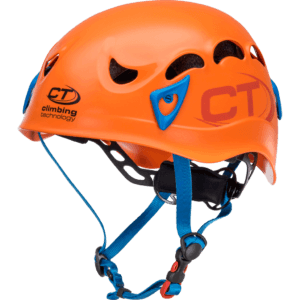
Although not necessary for indoor climbing, once you progress to the outdoors you’re going to want something to protect your head. Rock climbing can be a dangerous sport — so use your best judgement in making it as safe as possible. There’s no excuse to go without a helmet when climbing outdoors. Here’s an ideal basic climbing helmet.
Ready to start rock climbing? Now that you know the gear you’re going to need, it’s time to start hitting the climbing gym. Sign up for a class, find a qualified mentor, and give it a try.











